Out of curiosity, I simulated this circuit using LTspice XVII. Using some guestimates for the bias voltage (I went for 4.5 V, half of the pot) and a 100 mV input signal at 1 kHz, I see the following (blue) output:

- Green: VSIG; 100 mV, 1 kHz sine wave.
- Blue: VOUT; output waveform.
The schematic is a copy of yours with appropriate NXP transistor models. Part reference designators have changed.
I found it interesting that the design doesn't clip (as in, flat top), but does introduce some higher frequency components the fundamental - this may not be true for all bias/input voltages and frequencies.
Using the FFT function in LTspice, it's clear to see the harmonics - note - for some reason, the input and output colours switch (in the FFT, green is the output, blue is the input).

- Blue: VSIG; 100 mV, 1 kHz sine wave.
- Green: VOUT; output waveform. (reverse of time domain waveform)
You can find the LTspice file here: tube_sound_overdrive.asc (use download, and save as .asc file). This will allow you to play around with the simulation.

EDIT: Fixed simulation result, schematic and ASC file for C3 to 4.7n (was 4.7u).
EDIT2: Changed analysis slightly based on more thought and included an FFT of the input & output waveforms showing spectral content before (blue) and after circuit (green).



